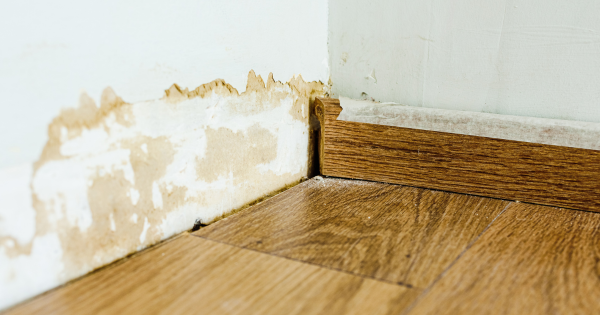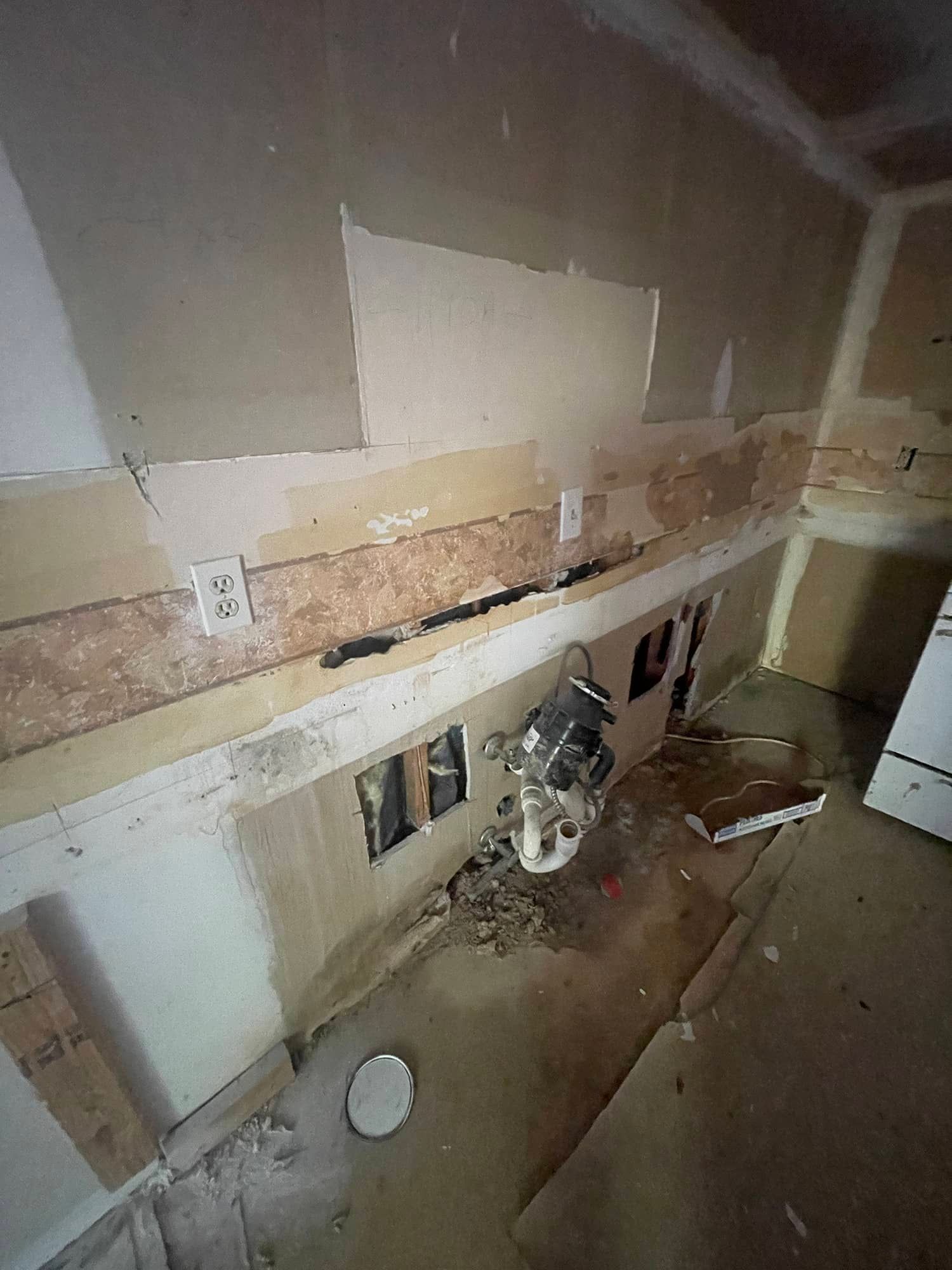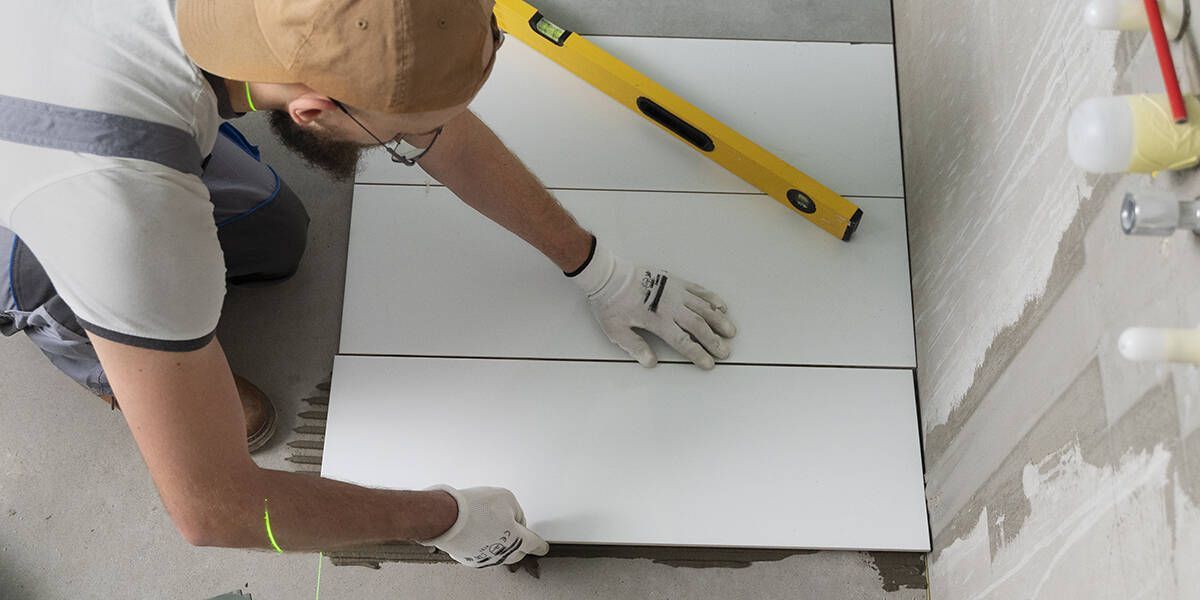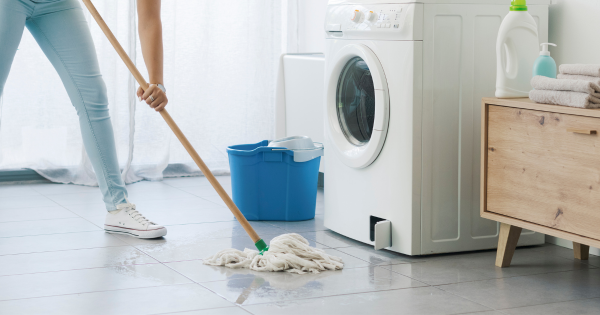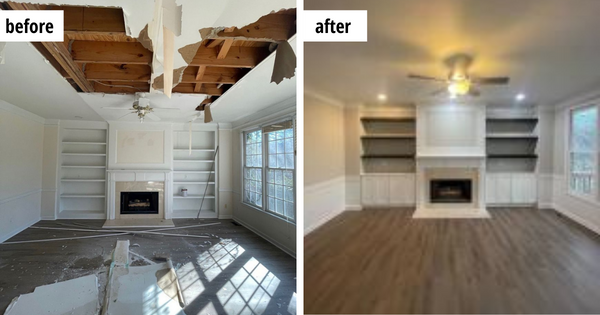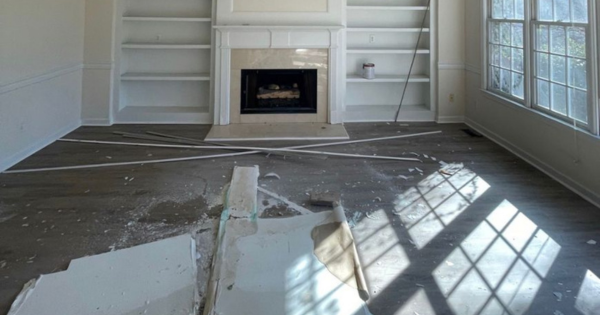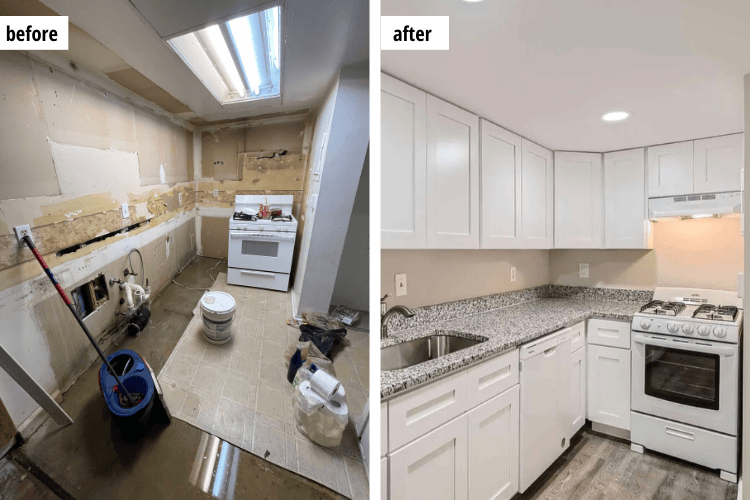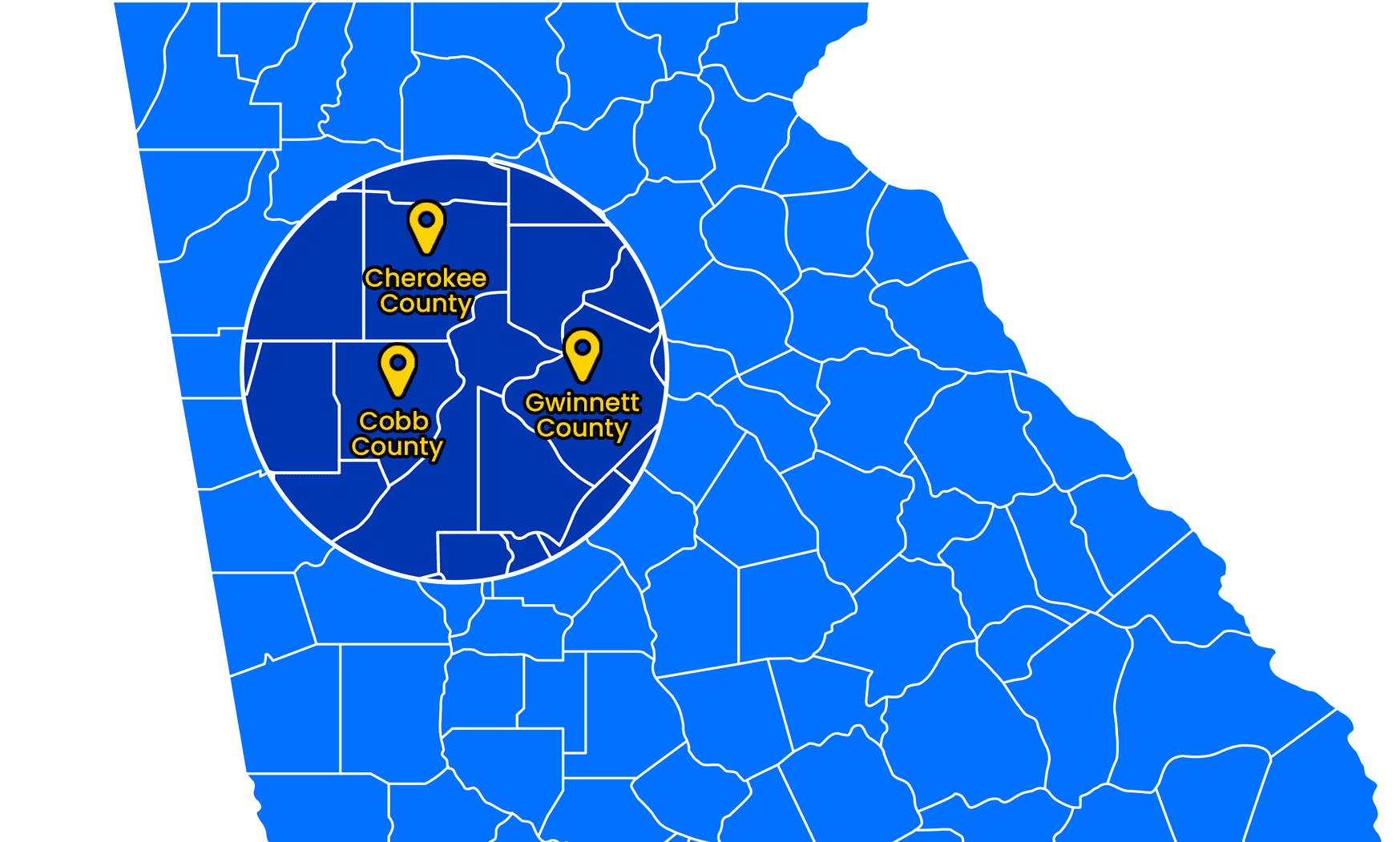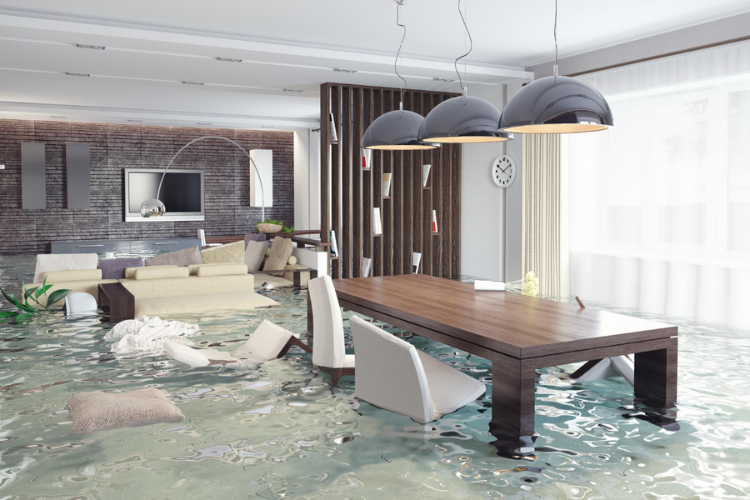
What to Do When Your Home Floods
Floods wreak havoc on properties across the United States almost every year. Most of these floods occur during hurricane season or after natural disasters. It’s daunting for anyone to see signs of a flooded home, like standing water or water stains on walls.
Property owners and renters often grapple with the same problem of handling a flood cleanup, and this post highlights what to do when a home floods.
Steps to Take When a House Floods
- Safety First
- Document the damage and call for help
- Make an insurance claim
- Start the flood cleanup process
1. Safety First
Once a flood occurs, everyone on the property should evacuate the area and find a safe place to wait and call for help. Renters should also contact their landlords as soon as possible, and homeowners should reach out to their insurer.
Nobody should return to the flooded property until relevant local authorities declare the region safe. Before re-entering the flooded property, the property owner should turn off the electricity and gas at the fuse box or isolator switch, provided these haven’t been affected by the flood water.
If turning off electricity and gas supplies requires one to go through the water, it’s safer to wait for a professional. If a leaky appliance or burst pipe caused the flood, the individual entering the property should turn off the home’s water supply to stop more water from coming in.
Flooded water may contain various contaminants and hazards, from trash and chemicals to human waste and sharp objects. As such, anyone entering a flooded home must wear protective equipment.
Protective equipment to consider when entering a flooded home includes a well-ventilated mask, eye protection, long pants, rubber gloves, sleeves, and rubber boots.
2. Document the Damage
People often get tempted to start cleaning up the mess right after gaining access to their flooded homes. Cleaning up before documenting the damage could potentially decrease the extent of coverage.
Documenting everything before starting the flood cleanup process comes in handy when making an insurance claim. At this stage, the person documenting the damage can use their phone camera to take photos and videos of all aspects of the damage.
The more information one can prepare, the better, and the more likely the insurance company will accept and cover the claim. Buckled walls or floods point to structural integrity issues and the potential for collapse. If anyone notices these signs when assessing damage, they should avoid entering the property for their safety.
Digital photos, videos, and notes work best because one can store them electronically and copy them easily.
3. Make an Insurance Claim
Next, the property owner should report the flood damages to their home insurance company. Home insurance policies rarely cover flood damage but occasionally cover flood damage caused by sewer backups or damaged appliances.
For floods caused by a natural disaster, the property owner will need to have flood insurance. The documented evidence may qualify a property owner to get their damaged items replaced and or have a water damage restoration company clean up their property.
4. Flood Cleanup
If the insurance company doesn’t cover the flood cleanup, it’s crucial to start immediately. Waiting longer only worsens the damage and increases the time and cost of remediation. Consider the following cleanup tips:
- Dry carpets and rugs as quickly as possible before mold and mildew take hold, and ventilate the house to accelerate drying. Sometimes, however, replacing the carpet may prove easier.
- Try to prevent floor damage and structural issues by removing as much water as possible after the flooding has stopped. A sump pump will help, but seek professional help in case of severe flooding.
- As regards flood-damaged furniture, wooden furniture will prove easiest to repair. Upholstered furniture will most likely need cushion replacement, while leather will rarely survive after flood damage.
- Stay safe, and always call an expert to check on the electrical system and gas appliances affected by flooded water.
Preventing Flood Damage
Property owners who live in flood-prone areas or near large water bodies like rivers, lakes, and oceans should take the following preventive steps to minimize the risk of flood damage:
- Identify vulnerable points of water entry
- Invest in flood insurance
- Prevent water leaks and damage
Professional Flood Cleanup Services
When a flood strikes, things can go south quite fast. Acting quickly and starting the cleanup process as soon as possible makes the cleanup process much less hectic.
Contact R Squared Restoration & Remodeling at (404) 704-6833 for fast and efficient flood damage cleanup and restoration or also you can contact us using our online form.


